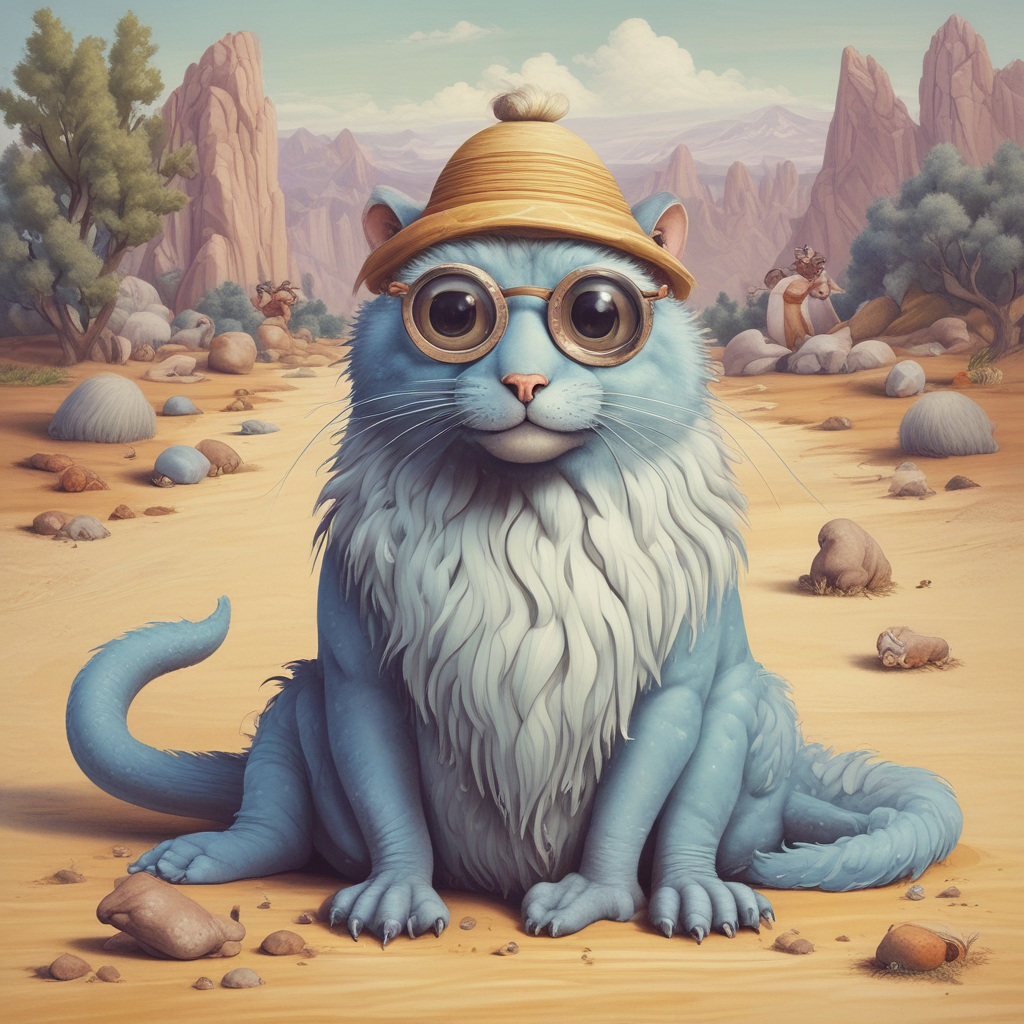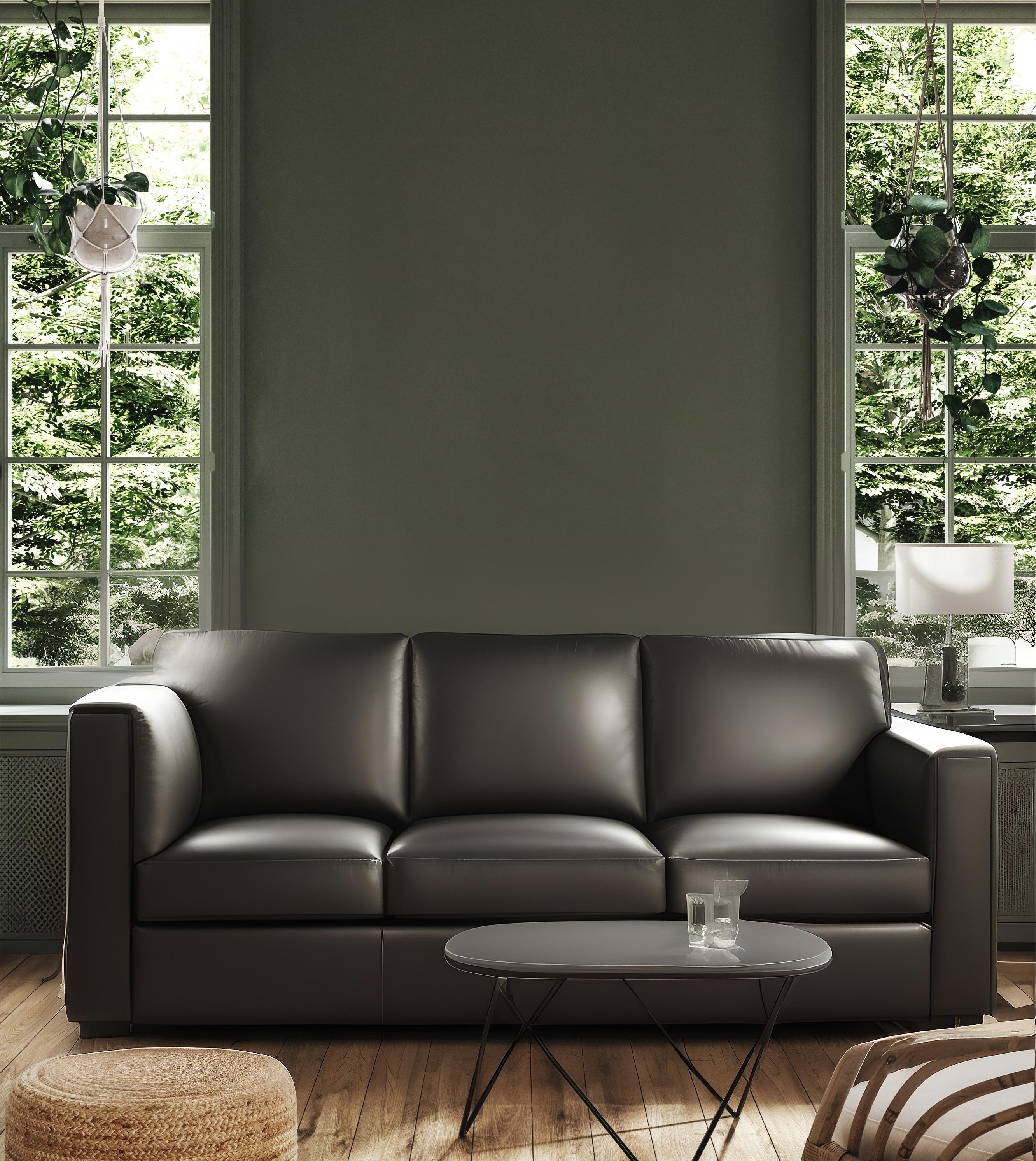idm-vton-staging
Maintainer: cuuupid

1

| Property | Value |
|---|---|
| Run this model | Run on Replicate |
| API spec | View on Replicate |
| Github link | No Github link provided |
| Paper link | No paper link provided |
Create account to get full access
Model overview
The idm-vton-staging model, created by cuuupid, is a virtual clothing try-on system that can seamlessly overlay garments onto a person's body in an image. This model builds upon the idm-vton model, offering an even more advanced and robust clothing virtual try-on experience. Unlike traditional virtual dressing room solutions, this model can handle a wide variety of clothing types and work with images of people in the wild, not just studio shots.
Model inputs and outputs
The idm-vton-staging model takes in several inputs to enable the virtual clothing try-on:
Inputs
- garm_img: The image of the garment to be overlaid, which should match the specified
category - mask_img: An optional mask image that can speed up processing
- human_img: The image of the person to have the garment placed on
- category: The category of the garment, such as "upper_body"
- force_dc: A boolean flag to use the DressCode version of the model
- seed: A random seed value for reproducibility
- steps: The number of steps to run the model for
Outputs
- Output: A URI pointing to the generated image with the garment overlay
Capabilities
The idm-vton-staging model is capable of seamlessly integrating clothing onto a person's body in an image, handling a wide range of garment types and body shapes. This makes it a powerful tool for virtual try-on applications, e-commerce, and more. The model's ability to work with images of people in the wild, not just studio shots, sets it apart from traditional virtual dressing room solutions.
What can I use it for?
The idm-vton-staging model can be used for a variety of applications, such as:
- Virtual Clothing Try-On: Allow customers to see how clothing would look on them before making a purchase, enhancing the online shopping experience.
- Fashion Design Visualization: Designers can use the model to quickly visualize how their creations would look on different body types.
- Personalized Advertising: Brands can use the model to create personalized product recommendations and virtual try-ons for their customers.
Things to try
One interesting thing to try with the idm-vton-staging model is to experiment with the force_dc flag. This allows you to use the DressCode version of the model, which may work better for certain types of garments, such as dresses. Additionally, you can try varying the steps parameter to find the best balance between speed and quality for your use case.
This summary was produced with help from an AI and may contain inaccuracies - check out the links to read the original source documents!
Related Models

idm-vton

329
The idm-vton model, developed by the researcher cuuupid, is a state-of-the-art clothing virtual try-on system designed to work in the wild. It outperforms similar models like instant-id, absolutereality-v1.8.1, and reliberate-v3 in terms of realism and authenticity. Model inputs and outputs The idm-vton model takes in several input images and parameters to generate a realistic image of a person wearing a particular garment. The inputs include the garment image, a mask image, the human image, and optional parameters like crop, seed, and steps. The model outputs a single image of the person wearing the garment. Inputs Garm Img**: The image of the garment, which should match the specified category (e.g., upper body, lower body, or dresses). Mask Img**: An optional mask image that can be used to speed up the process. Human Img**: The image of the person who will be wearing the garment. Category**: The category of the garment, which can be "upper_body", "lower_body", or "dresses". Crop**: A boolean indicating whether to use cropping on the input images. Seed**: An integer that sets the random seed for reproducibility. Steps**: The number of diffusion steps to use for generating the output image. Outputs Output**: A single image of the person wearing the specified garment. Capabilities The idm-vton model is capable of generating highly realistic and authentic virtual try-on images, even in challenging "in the wild" scenarios. It outperforms previous methods by using advanced diffusion models and techniques to seamlessly blend the garment with the person's body and background. What can I use it for? The idm-vton model can be used for a variety of applications, such as e-commerce clothing websites, virtual fashion shows, and personal styling tools. By allowing users to visualize how a garment would look on them, the model can help increase conversion rates, reduce return rates, and enhance the overall shopping experience. Things to try One interesting aspect of the idm-vton model is its ability to work with a wide range of garment types and styles. Try experimenting with different categories of clothing, such as formal dresses, casual t-shirts, or even accessories like hats or scarves. Additionally, you can play with the input parameters, such as the number of diffusion steps or the seed, to see how they affect the output.
Updated Invalid Date

test

3
The test model is an image inpainting AI, which means it can fill in missing or damaged parts of an image based on the surrounding context. This is similar to other inpainting models like controlnet-inpaint-test, realisitic-vision-v3-inpainting, ad-inpaint, inpainting-xl, and xmem-propainter-inpainting. These models can be used to remove unwanted elements from images or fill in missing parts to create a more complete and cohesive image. Model inputs and outputs The test model takes in an image, a mask for the area to be inpainted, and a text prompt to guide the inpainting process. It outputs one or more inpainted images based on the input. Inputs Image**: The image which will be inpainted. Parts of the image will be masked out with the mask_image and repainted according to the prompt. Mask Image**: A black and white image to use as a mask for inpainting over the image provided. White pixels in the mask will be repainted, while black pixels will be preserved. Prompt**: The text prompt to guide the image generation. You can use ++ to emphasize and -- to de-emphasize parts of the sentence. Negative Prompt**: Specify things you don't want to see in the output. Num Outputs**: The number of images to output. Higher numbers may cause out-of-memory errors. Guidance Scale**: The scale for classifier-free guidance, which affects the strength of the text prompt. Num Inference Steps**: The number of denoising steps. More steps usually lead to higher quality but slower inference. Seed**: The random seed. Leave blank to randomize. Preview Input Image**: Include the input image with the mask overlay in the output. Outputs An array of one or more inpainted images. Capabilities The test model can be used to remove unwanted elements from images or fill in missing parts based on the surrounding context and a text prompt. This can be useful for tasks like object removal, background replacement, image restoration, and creative image generation. What can I use it for? You can use the test model to enhance or modify existing images in all kinds of creative ways. For example, you could remove unwanted distractions from a photo, replace a boring background with a more interesting one, or add fantastical elements to an image based on a creative prompt. The model's inpainting capabilities make it a versatile tool for digital artists, photographers, and anyone looking to get creative with their images. Things to try Try experimenting with different prompts and mask patterns to see how the model responds. You can also try varying the guidance scale and number of inference steps to find the right balance of speed and quality. Additionally, you could try using the preview_input_image option to see how the model is interpreting the mask and input image.
Updated Invalid Date

sdxl-lightning-4step

453.2K
sdxl-lightning-4step is a fast text-to-image model developed by ByteDance that can generate high-quality images in just 4 steps. It is similar to other fast diffusion models like AnimateDiff-Lightning and Instant-ID MultiControlNet, which also aim to speed up the image generation process. Unlike the original Stable Diffusion model, these fast models sacrifice some flexibility and control to achieve faster generation times. Model inputs and outputs The sdxl-lightning-4step model takes in a text prompt and various parameters to control the output image, such as the width, height, number of images, and guidance scale. The model can output up to 4 images at a time, with a recommended image size of 1024x1024 or 1280x1280 pixels. Inputs Prompt**: The text prompt describing the desired image Negative prompt**: A prompt that describes what the model should not generate Width**: The width of the output image Height**: The height of the output image Num outputs**: The number of images to generate (up to 4) Scheduler**: The algorithm used to sample the latent space Guidance scale**: The scale for classifier-free guidance, which controls the trade-off between fidelity to the prompt and sample diversity Num inference steps**: The number of denoising steps, with 4 recommended for best results Seed**: A random seed to control the output image Outputs Image(s)**: One or more images generated based on the input prompt and parameters Capabilities The sdxl-lightning-4step model is capable of generating a wide variety of images based on text prompts, from realistic scenes to imaginative and creative compositions. The model's 4-step generation process allows it to produce high-quality results quickly, making it suitable for applications that require fast image generation. What can I use it for? The sdxl-lightning-4step model could be useful for applications that need to generate images in real-time, such as video game asset generation, interactive storytelling, or augmented reality experiences. Businesses could also use the model to quickly generate product visualization, marketing imagery, or custom artwork based on client prompts. Creatives may find the model helpful for ideation, concept development, or rapid prototyping. Things to try One interesting thing to try with the sdxl-lightning-4step model is to experiment with the guidance scale parameter. By adjusting the guidance scale, you can control the balance between fidelity to the prompt and diversity of the output. Lower guidance scales may result in more unexpected and imaginative images, while higher scales will produce outputs that are closer to the specified prompt.
Updated Invalid Date

my_comfyui

175
my_comfyui is an AI model developed by 135arvin that allows users to run ComfyUI, a popular open-source AI tool, via an API. This model provides a convenient way to integrate ComfyUI functionality into your own applications or workflows without the need to set up and maintain the full ComfyUI environment. It can be particularly useful for those who want to leverage the capabilities of ComfyUI without the overhead of installing and configuring the entire system. Model inputs and outputs The my_comfyui model accepts two key inputs: an input file (image, tar, or zip) and a JSON workflow. The input file can be a source image, while the workflow JSON defines the specific image generation or manipulation steps to be performed. The model also allows for optional parameters, such as randomizing seeds and returning temporary files for debugging purposes. Inputs Input File**: Input image, tar or zip file. Read guidance on workflows and input files on the ComfyUI GitHub repository. Workflow JSON**: Your ComfyUI workflow as JSON. You must use the API version of your workflow, which can be obtained from ComfyUI using the "Save (API format)" option. Randomise Seeds**: Automatically randomize seeds (seed, noise_seed, rand_seed). Return Temp Files**: Return any temporary files, such as preprocessed controlnet images, which can be useful for debugging. Outputs Output**: An array of URIs representing the generated or manipulated images. Capabilities The my_comfyui model allows you to leverage the full capabilities of the ComfyUI system, which is a powerful open-source tool for image generation and manipulation. With this model, you can integrate ComfyUI's features, such as text-to-image generation, image-to-image translation, and various image enhancement and post-processing techniques, into your own applications or workflows. What can I use it for? The my_comfyui model can be particularly useful for developers and creators who want to incorporate advanced AI-powered image generation and manipulation capabilities into their projects. This could include applications such as generative art, content creation, product visualization, and more. By using the my_comfyui model, you can save time and effort in setting up and maintaining the ComfyUI environment, allowing you to focus on building and integrating the AI functionality into your own solutions. Things to try With the my_comfyui model, you can explore a wide range of creative and practical applications. For example, you could use it to generate unique and visually striking images for your digital art projects, or to enhance and refine existing images for use in your design work. Additionally, you could integrate the model into your own applications or services to provide automated image generation or manipulation capabilities to your users.
Updated Invalid Date